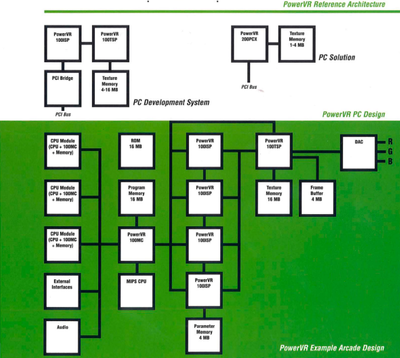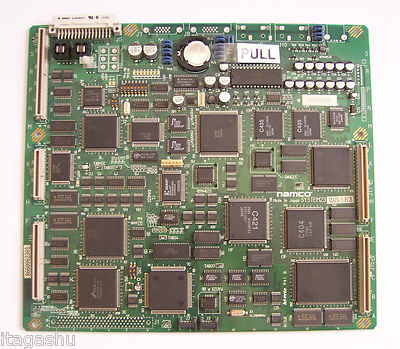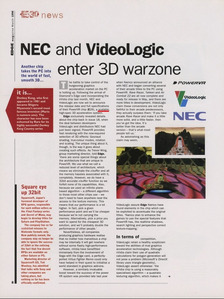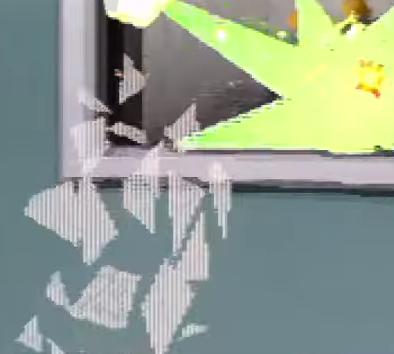First post, by villeneuve
Hi,
I just rewatched https://www.youtube.com/watch?v=M7dxTmI1SyI and afterwards checked comments which were added since my last watch, the first one being the one this topic is all about which is the comment by YouTube-user "Una Salus Victis" saying the following:
"part of why back in this era, i had both a voodoo rush and 2 matrox m3d(pcx2) cards in my system, yes they stack, due to how they work, unlike sli and such, it didnt require any special support, it just worked, and worked every time i tested it, unreal for example, omg, buttery smooth at 1024x768 with everything turned up.... and looked noticibly better then my voodoo rush based card, or later even my dual vodoo 2 cards..."
I had never ever read about the possiblity to pair two PowerVR PCX2-cards, not back then when I was religiously reading German PC-hardware and -gaming magazines nor later up to this day on the internet, so I was pretty sure this comment isnt't true but since this comment also didn't come across as a trolling hype post or whatever you might call it I still did an internet search and indeed didn't find any mention of PowerVR cards being able to be paired with each other.
So to make sure I didn't miss anything over the last ~25 years I'm calling on the many experts in the Vogons community to clear this up.
I'm looking forward to you guy's comments!




